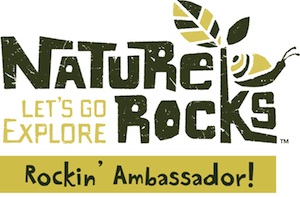Imagination is more important than knowledge. For knowledge is limited to all we now know and understand, while imagination embraces the entire world, and all there ever will be to know and understand. –A. Einstein
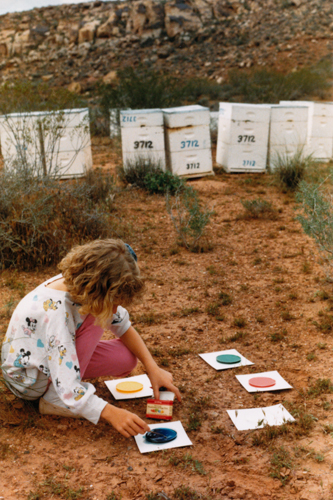 First of all, I must confess, I’m quite the science fair savant. I had an 11 year career while in public school with projects like dissecting owl pellets, measuring the respiration rate of crickets, conducting experiments to see what color honey bees prefer, etc. I even spent all three years of high school studying a weevil that at the time was undescribed; a project that took me to the International Science Fair, twice (insert back patting here)!
First of all, I must confess, I’m quite the science fair savant. I had an 11 year career while in public school with projects like dissecting owl pellets, measuring the respiration rate of crickets, conducting experiments to see what color honey bees prefer, etc. I even spent all three years of high school studying a weevil that at the time was undescribed; a project that took me to the International Science Fair, twice (insert back patting here)!
Why Participate in Science Fair?
Some kids had sports Dads; I had a science fair Dad. My motivation wasn’t necessarily that I loved science. Initially my motivation was that I got to spend time with my Dad. Every spring we would plot and plan my project, conduct my experiments, gather and analyze the data…
I’m sure there was some moaning and groaning in there somewhere, but looking back those are some of my fondest memories. I truly believe the science fair is one of the best ways to get involved in your child’s education (and by involved I mean taking on the role of guide and mentor; not active participant).
Believe it or not, children are naturals when it comes to the skills needed to excel at a science project. They’re observant, curious, creative, unconstrained by what they think ‘should’ happen, passionate, and easily excited (Eureka! moments are not hard to create). The ‘science’ of a science project isn’t in the subject matter; it’s in the process. The textbooks call this process the scientific method, which is really nothing more than a simple but effective way of thinking.
The hardest part is helping your child come up with a project, something they would be interested in that hasn’t been done hundreds of times (my niece actually brought home a note last year discouraging “volcanoes”). This is really just as easy as asking a question.
Note: While we have included the major parts of the scientific method, the intent of this post is primarily to help you get started on a project. For more information on the actual process I would highly recommend this Project Guide, specifically the “detailed help for each step” section just below the visual.
Step One: Ask a Question
To do this, help them recognize when they’re making an observation that can be turned into a question. Make note of things that seem to always happen together, or things that appear to have a pattern to them (children do this daily—they just aren’t usually aware that this is where science begins). For a science fair project help them center their brainstorming around things they are interested in and familiar with:
- Have you noticed that most things you bake in the oven have eggs in them?
- Did you see all those bugs fly out of the flower bed when we were there? I didn’t see as many in the gravel…
- Why are there always so many wasps at our barbeque?
- Isn’t it interesting that scotch tape is never used by dad when he’s jimmy-rigging something? It’s always duct-tape.
- Have you noticed that the rose bush has yellow blossoms and white blossoms on it? I swear mom waters them with the same stuff every day.
- What do you think would happen if we didn’t put our food in the refrigerator?
Each of those observations can be followed by the simple musing: I wonder why…. And any kid will follow that immediately with: What do you think would happen if… And now you have a science fair project.
Step Two: Construct a Hypothesis
This is really just an educated guess at the answer to your question. You must state your hypothesis in a way that you can easily measure, and of course, your hypothesis should be constructed in a way to help you answer your original question. “If _____[I do this] _____, then _____[this]_____ will happen.”
For example, say you settle on the question: What do you think would happen if we didn’t put our food in the refrigerator? (more…)
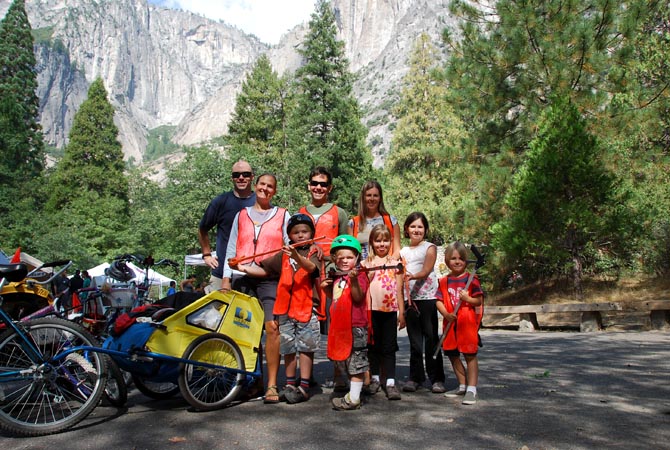
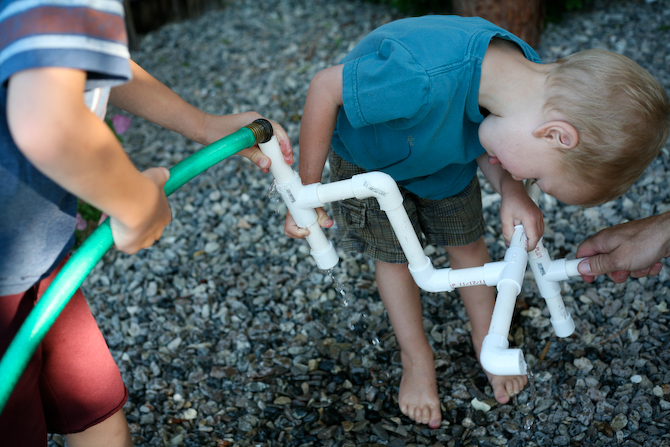
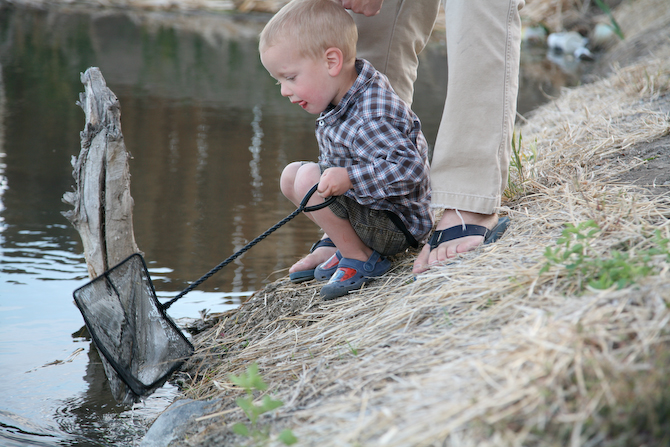
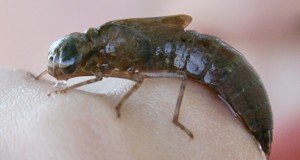 What’s an aquatic macroinvertebrate you ask? It’s a small water dwelling
What’s an aquatic macroinvertebrate you ask? It’s a small water dwelling 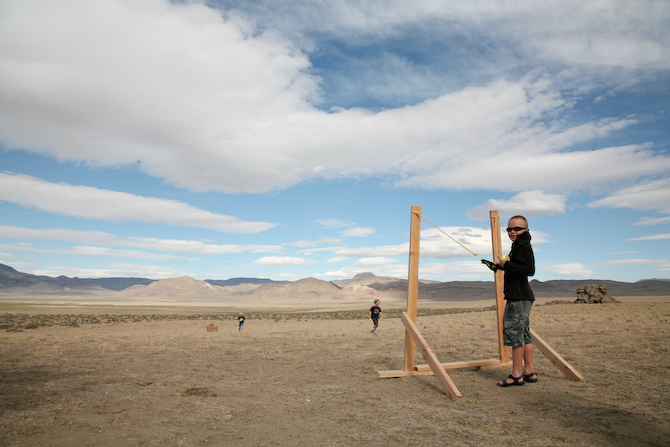
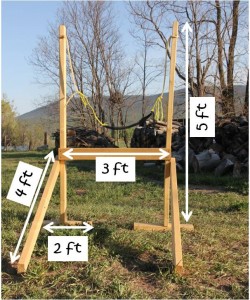 Two 10-foot long 2x4s
Two 10-foot long 2x4s





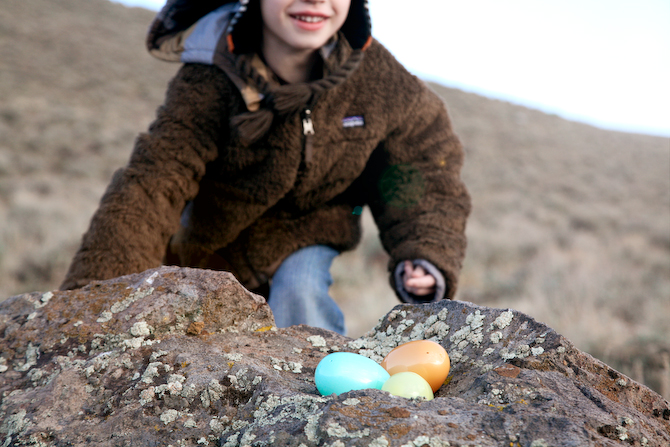 The first Easter that I clearly remember involved a basket, some plasticky green fluff, a bunch of chocolate, a candy shaped like the easter bunny, and a book about kittens. All in a park.
The first Easter that I clearly remember involved a basket, some plasticky green fluff, a bunch of chocolate, a candy shaped like the easter bunny, and a book about kittens. All in a park.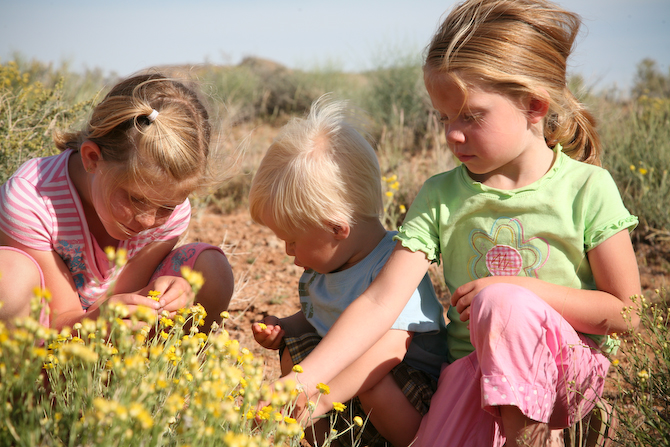
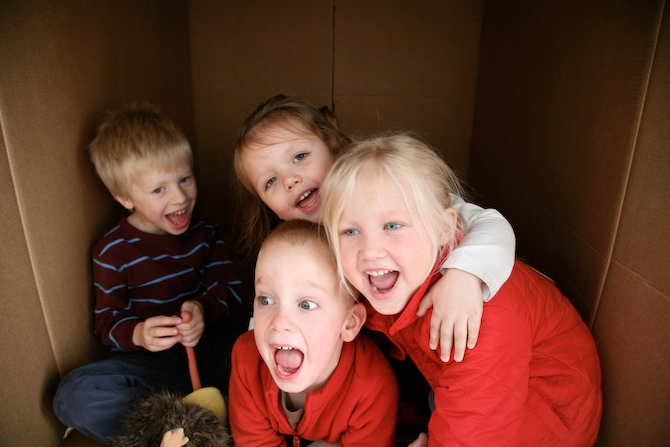
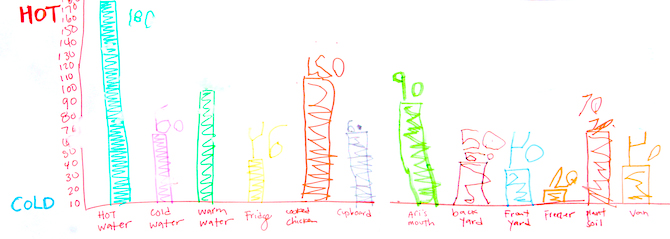
 First of all, I must confess, I’m quite the science fair savant. I had an 11 year career while in public school with projects like dissecting owl pellets, measuring the respiration rate of crickets, conducting experiments to see what color honey bees prefer, etc. I even spent all three years of high school studying a weevil that at the time was undescribed; a project that took me to the
First of all, I must confess, I’m quite the science fair savant. I had an 11 year career while in public school with projects like dissecting owl pellets, measuring the respiration rate of crickets, conducting experiments to see what color honey bees prefer, etc. I even spent all three years of high school studying a weevil that at the time was undescribed; a project that took me to the 